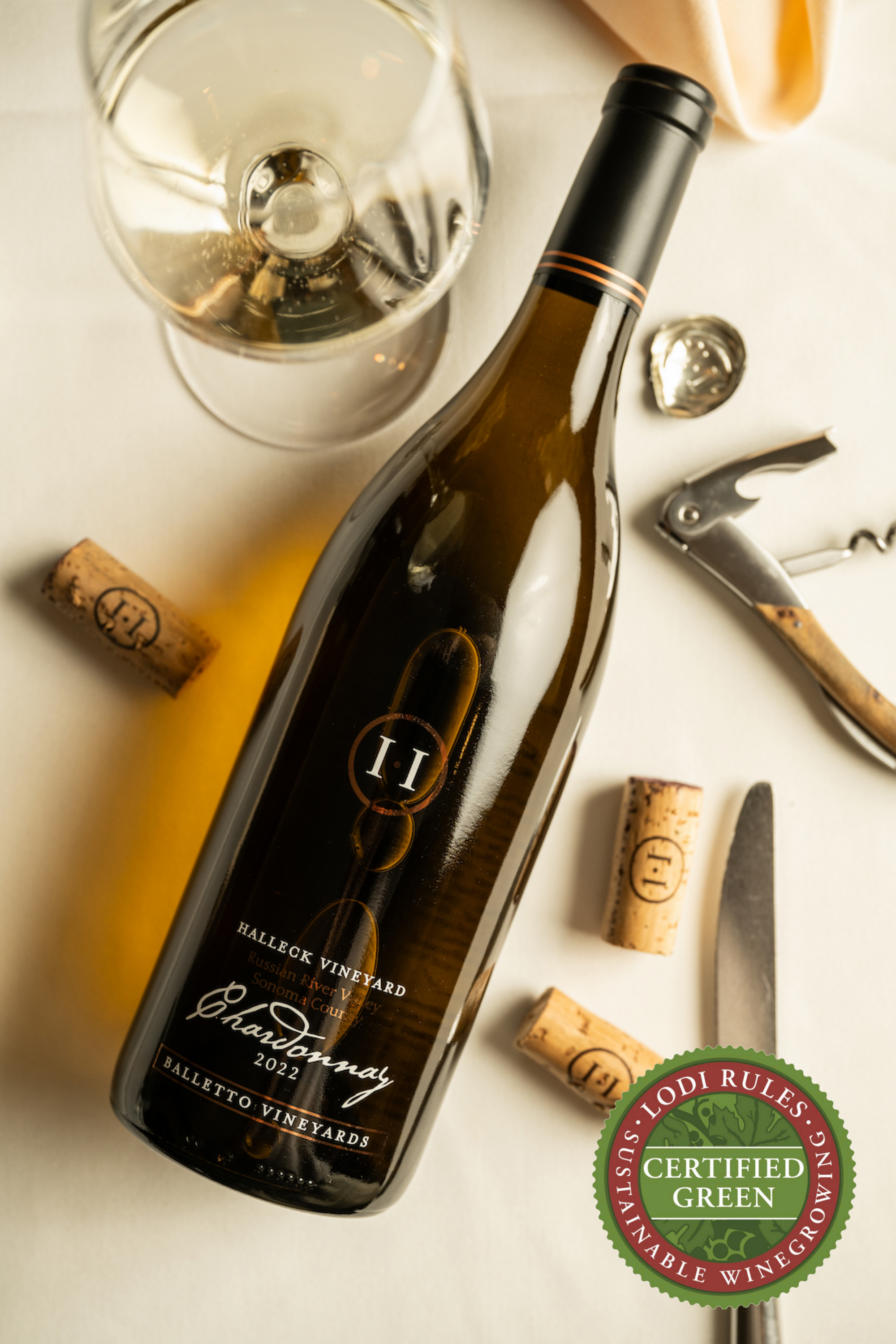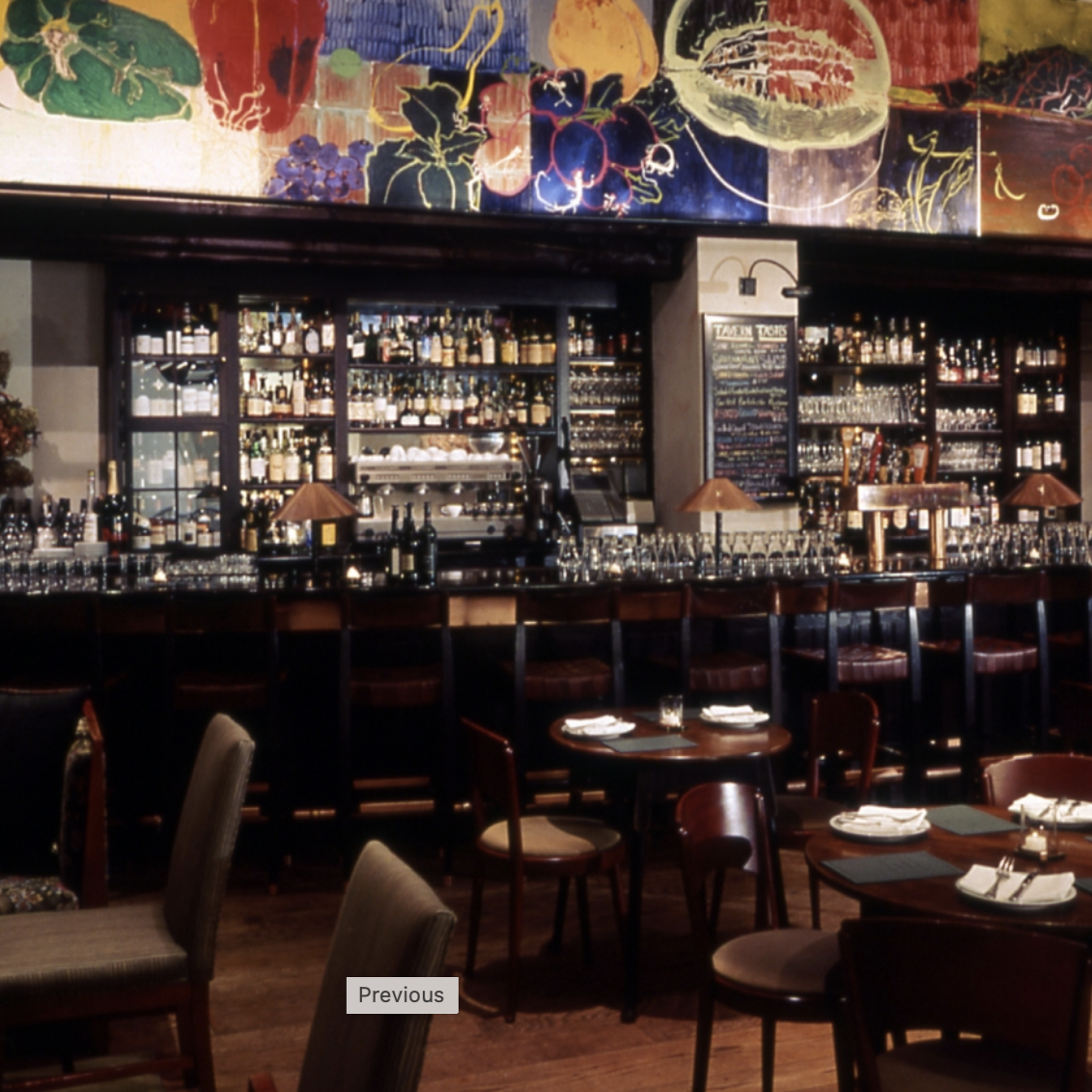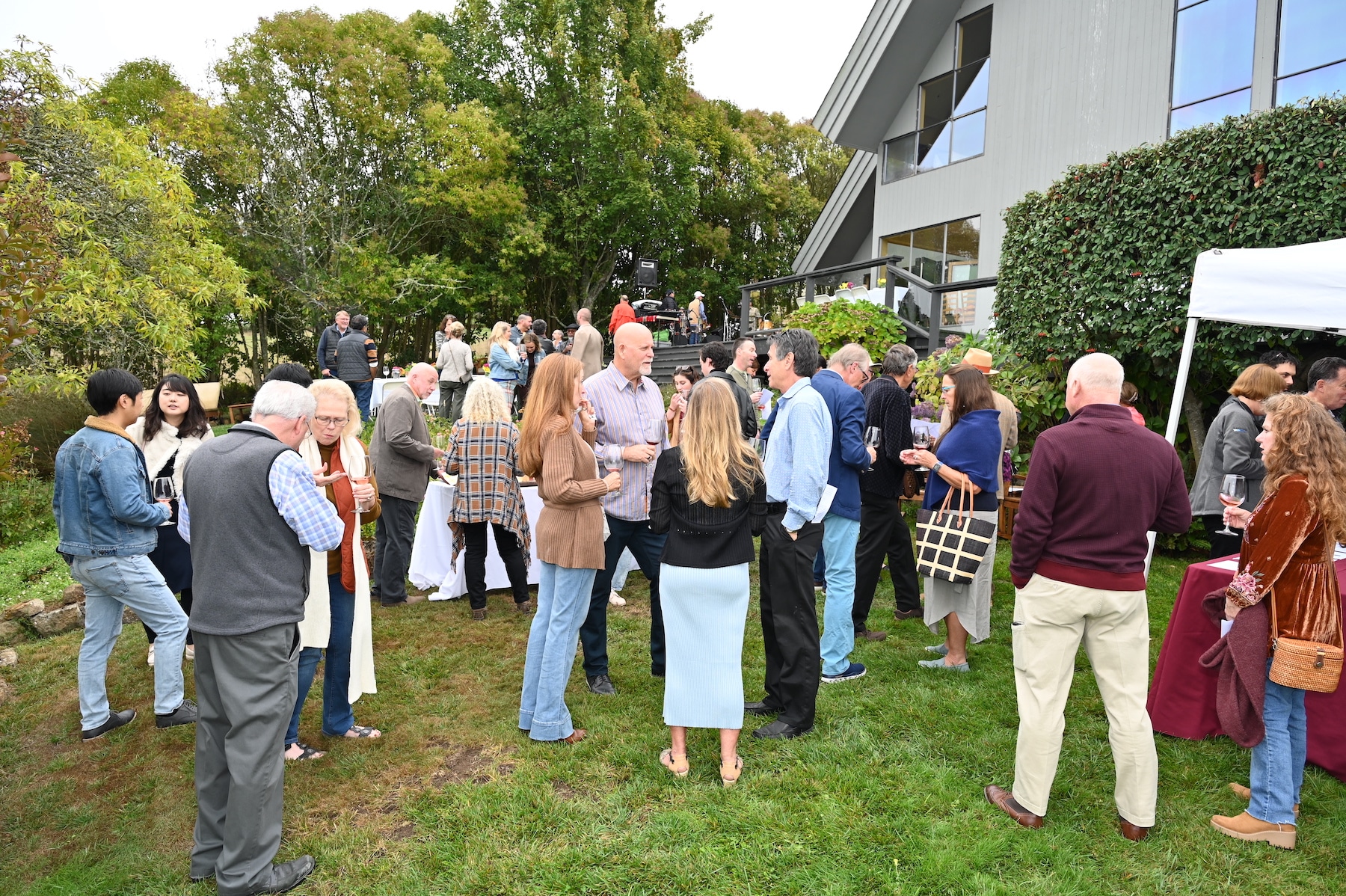Wineries That Offer Food Trucks On Weekends - Sonoma’s Lush Vineyard Landscapes
Wineries That Offer Food Trucks On Weekends - Sonoma’s Lush Vineyard Landscapes
Blog Article
Best Wineries For Sunset Views In Sebastopol - Unique Wine Tasting Experiences In Sebastopol
Wine tasting is an art that mixes sensory experience with an appreciation for the nuances of different varietals. How to gauge flavors in winery wine tasting periods is pivotal to greedy the complexities of wine.
Participating in a wine tasting entails greater than merely sipping and savoring. It requires a centered method to establish aromas and flavors that every wine presents. As you begin, observe the wine's look, noting its colour and clarity. These visual cues typically suggest a wine’s age, grape variety, and even potential flavor profiles.
The subsequent step within the tasting course of is to swirl the wine in your glass. This motion releases fragrant compounds which are important for analysis. Lean in and take a second to inhale deeply; the aromas can vary from floral and fruity to spicy and earthy. The nose of the wine is just as important because the palate, and recognizing scents performs a big function in understanding the general experience.
When taking your first sip, permit the wine to move throughout your palate - Wineries With Picnic Areas. Notice the preliminary flavors that current themselves. Is the wine fruity, floral, or perhaps herbaceous? This initial taste provides insight into what the wine is more doubtless to express as you proceed to judge it. The mouthfeel additionally contributes to the overall flavor experience; it may be silky, tannic, or even effervescent.
Wineries With Scenic Views - Sonoma County Wine Tasting Locations
As you proceed tasting, take note of the wine’s steadiness. A well-balanced wine will harmonize acidity, sweetness, and tannins. If one element overwhelms the others, it'd indicate a much less fascinating high quality. Evaluating stability can help you identify how properly the wine would possibly pair with food.
Transitioning to the end, contemplate how the flavors evolve as the wine lingers on your palate. A lengthy, nice end can indicate a high-quality wine, whereas a brief or abrupt finish may suggest otherwise. Mirror on whether or not the flavors stay consistent or if new notes emerge because the wine settles. This progression can reveal complexities and intricacies that may not have been apparent in the initial tasting.
Temperature is also a crucial think about evaluating wine flavors. Different forms of wine are optimally enjoyed at specific temperatures. White wines typically shine when chilled, while pink wines usually carry out finest at room temperature. When tasting, ensure the wine is on the applicable temperature to completely respect its character.
Wineries Promoting Sustainable Farming - Vineyard Experiences In Sonoma
Pairing food with wine can tremendously enhance the tasting experience. Meals can affect the notion of flavors in wine, both highlighting certain traits or diminishing them. When evaluating flavors, think about how the wine interacts with different meals, noticing which flavors are amplified or muted (Wineries With Estate-Grown Grapes).

Consider the affect of terroir as you engage in a winery tasting. Terroir encompasses the distinctive environmental elements that have an result on grape growing, together with soil composition, climate, and geography. Understanding a wine's terroir can present insight into its flavors and aromas, fostering a deeper appreciation for the alternatives made during its cultivation and manufacturing.
Training performs a elementary function in enhancing one's capability to judge wine flavors. Learning about grape varieties, wine areas, and production methods can pave the way for extra knowledgeable judgments during tastings. Moreover, attending workshops or classes can refine sensory skills and expand your flavor vocabulary, enabling you to articulate tasting notes more successfully.
Finally, it's important to remember that evaluating wine flavors is a highly personal experience. Particular Person preferences and perceptions will invariably form one’s tasting journey. Enjoyment must be at the forefront, with the analysis course of performing as a software to enhance understanding and appreciation quite than create inflexible pointers.
Wineries With Breathtaking Gardens In Sonoma - Sonoma Wine Tasting Tour
In conclusion, mastering how to evaluate flavors in winery wine tasting sessions includes a mix of sensory engagement, data, and practice. By learning to identify aromas, assess the balance, and respect the intricacies of flavor, wine enthusiasts can deepen their connection to every bottle they encounter. As with any art type, the extra one immerses themselves within the experience, the extra they will discover and enjoy the vast world of wine.
- Begin by observing the wine's color and readability, as these visible elements can hint at its flavor profile and aging potential.
- Swirl the wine gently in your glass; this releases aromatic compounds, allowing you to better identify the complicated scents associated with the wine.
- Take a deep inhale before tasting, focusing on both main and secondary aromas to collect insights on fruits, spices, and other nuances.
- When tasting, permit the wine to coat your palate; note the initial flavors, the mid-palate complexity, and the finish as these stages can provide different flavor highlights.
- Pay attention to texture and mouthfeel, as aspects such as tannin ranges, acidity, and sweetness contribute considerably to the general tasting experience.
- Evaluate flavors towards normal wine characteristics; for red wines, consider berry notes, oak influence, and natural tones, whereas whites might include citrus, stone fruits, and floral hints.
- Take notes during the tasting session to trace your impressions, helping you to remember and evaluate the different wines sampled.
- Focus On your findings with fellow tasters or winery workers, as sharing insights can improve understanding and appreciation of individual flavors.
- Allow time for the wine to breathe; generally, flavors evolve and reveal new dimensions after being exposed to air.
- Experiment with food pairings through the tasting as they can dramatically alter how flavors are perceived, influencing total enjoyment.undefinedWhat ought to I search for when evaluating the aroma of wine throughout a tasting?
Start by swirling the wine in your glass to launch its aromas. Bring the glass to your nostril and take a deep breath. Pay visite site attention to the first scents you detect, as these are often probably the most prominent. Look for fruit, floral, herbal, or earthy notes and try to establish specific characteristics, which can deepen your understanding of the wine's complexity.
Wine Tasting Tours In Russian River Valley - Winery In The Sonoma Wine Region

How can I distinguish between totally different flavor profiles in wine?
Understand that flavor profiles are often categorized as fruit, floral, herbaceous, spicy, or mineral. Take small sips and allow the wine to coat your palate. Discover the first flavors that emerge first and the subtle notes that follow. This layering is crucial in distinguishing the wine's traits and can allow you to respect its unique profile.
Wineries With River Views - Discovering Sebastopol's Wineries
What is the importance of the wine's texture in a tasting?

The texture of the wine, also called mouthfeel, plays a vital position in how we understand flavors. Pay attention as to whether the wine feels clean, creamy, or gritty. The body of the wine (light, medium, or full) can enhance or contrast with flavors, providing a extra rounded experience during tasting.
How do I assess the stability of flavors in wine?
Stability in wine refers to the harmony between acidity, sweetness, tannin, and alcohol. Take a moment to evaluate whether these components complement or intrude with one another. A well-balanced wine could have none of its elements overpowering the others, creating a pleasant tasting experience.
Historical Wineries To Visit In Sonoma - Wineries With Outdoor Tastings In Sebastopol
What function does temperature play in evaluating wine flavors?
Temperature can considerably impression the perception of flavors. Typically, purple wines are finest served barely beneath room temperature, while white wines get pleasure from being chilled. As the temperature modifications, the aromas and flavors can shift, permitting you to perceive different characteristics. It’s important to taste wine at its optimum temperature for true evaluation.
Wine Tasting Tours In Russian River Valley - Sonoma Valley Vineyards And Wine Tasting
How can I improve my tasting skills over time?
Practice is essential to improving your tasting skills. Wineries Pairing Wine With Chocolate. Attend tastings, keep a journal of your experiences, and discover various varieties of wines to broaden your palate. Additionally, studying about wine manufacturing and grape varieties can provide context that enhances your evaluation course of, making you a more informed taster.
Is there a particular order in which I should style the wines?
Wineries Promoting Wine Club Memberships - Sonoma Valley Vineyards And Wine Tasting
Sure, it’s advisable to taste wines from light to full-bodied and dry to sweet. This development prevents the stronger flavors from overshadowing the more delicate ones, allowing you to totally appreciate each wine's traits and nuances with out palate fatigue.
How can I consider the aftertaste of wine?
Wineries That Host Harvest Festivals - Scenic Wineries Of Sebastopol
The aftertaste, or finish, is an important aspect of the wine-tasting experience. After swallowing, take note of how long the flavors linger on your palate and whether visit our website they change. A long, nice end is commonly an indicator of a high-quality wine, whereas a brief or disagreeable finish might suggest otherwise.
Why is it important to note the wine’s acidity throughout tasting?
Acidity contributes to the general freshness and construction of the wine. Pay consideration to the tingling sensation on your tongue; higher acidity can enhance the wine's liveliness and steadiness out sweetness. Noting acidity helps decide the wine's versatility with food and its getting older potential.
What ought to I do if I wrestle to identify specific flavors in wine?
Hidden Gem Wineries In Sonoma County - Craft Wineries In Sonoma
Struggling to identify flavors is common, especially for beginners. Focus on broader categories and describe what you can recognize, similar to sweet or earthy notes. With practice, reading about totally different flavor profiles, and perhaps using flavor wheels, you will refine your senses and develop a more nuanced approach to tasting. Report this page